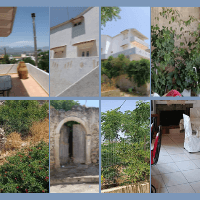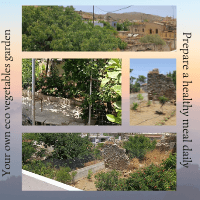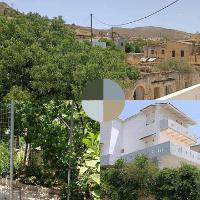Here are a few words about the destination's historical information

Venetian City Castle Walls
The Venetian walls of Heraklion are a superb example of the fortification construction of the 16th century A.D,which have with a length of around 4,5 km. and one of the best preserved monuments in the Mediterranean.
Walking through the Heraklion Walls is like unraveling the city’s history, and they are powerfully filled with vivid reminiscences of its illustrious past.
The Venetian Walls are worth a visit even if Heraklion’s residents occasionally take the beauty in their surroundings for granted and don’t frequently walk along them.

Koules Fortress-Rocca al Mare
The Kules Fortress is another well-known monument of Heraklion.
A medieval marine building, and the first written record of it is from the 14th century.
The expansion of the castle was greatly aided by the Venetians and subsequently the Ottomans, who finished the upper level of the citadel.
Visitors may now view a small collection of tools and weaponry inside the building’s walls.
The fortress has information panels set up in each chamber.
Travelers admire the beautiful views of the sea, lighthouse, and harbor as they climb to the top platform.
In general, this is a worthwhile location to visit when in Heraklion and a good site for lovely walks.
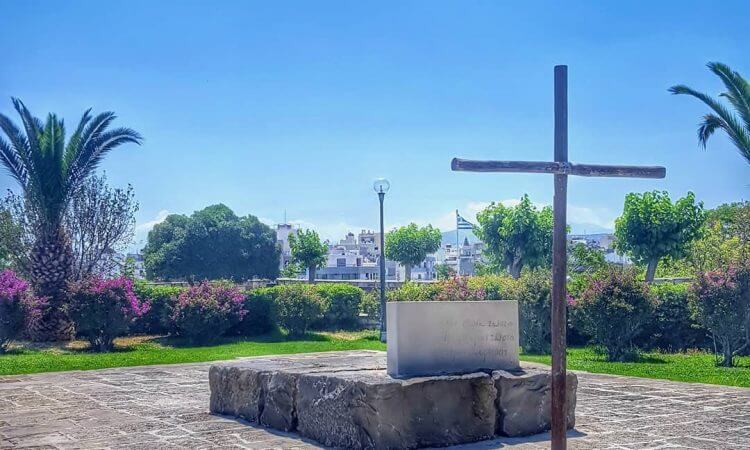
Nikos Kazantzakis Tomb
The Tomb of Nikos Kazantzakis in Heraklion Crete: Outside the walls of Heraklion, in the tower of Martinengo lies the tomb of Nikos Kazantzakis
Discover a quiet, peaceful area where the permanently free man rests, at the highest point in Heraklion, facing the beautiful panoramic view of the city and the sea.
One of the most well-known Greek writers whose works have been translated the most is Nikos Kazantzakis, a symbol of the island of Crete.
widely recognized for the 1964 film adaptation of the book Zorba the Greek, which starred Anthony Quinn.
When Kazantzakis was born in Heraklion in 1883, the city was still ruled by the Ottoman Empire.
He traveled much during his life and studied both at home and abroad.
His contentious writings nearly led to his excommunication from the Greek Orthodox Church, and at one point, it was against the law to distribute his books.
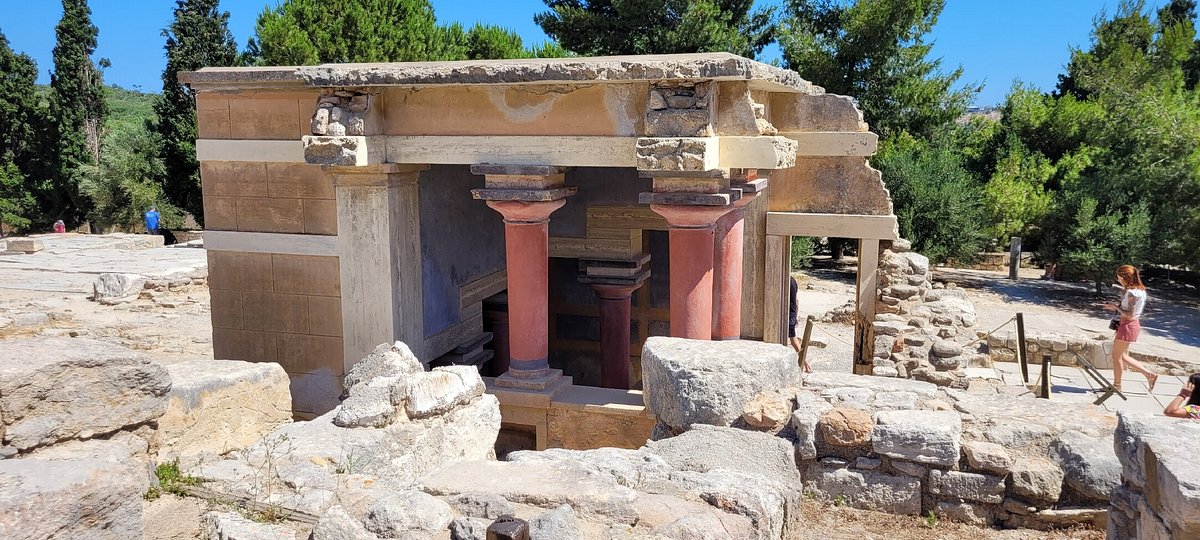
Knossos Palace
The capital of Minoan Crete and the epicenter of Minoan civilization situated approximately km south of Heraklion.
Over the course of around two thousand years, Knossos evolved.
It had sizable palace structures, extensive workshop facilities, and opulent rock-cut cave and tholos tombs.
Knossos maintained connections with the bulk of the cities in the Eastern Mediterranean as a significant hub of trade and the economy.
The trademarks of this apex, which started about 2000 BC and was characterized by beautiful monumental constructions and a complex social organization, were wealth accumulation and the expansion of an urban lifestyle.
The primary attraction in Knossos, a significant ancient city that was continuously inhabited from the Neolithic era to the fifth century AD, is the Minoan palace.
A palace was constructed on the Kephala hill.
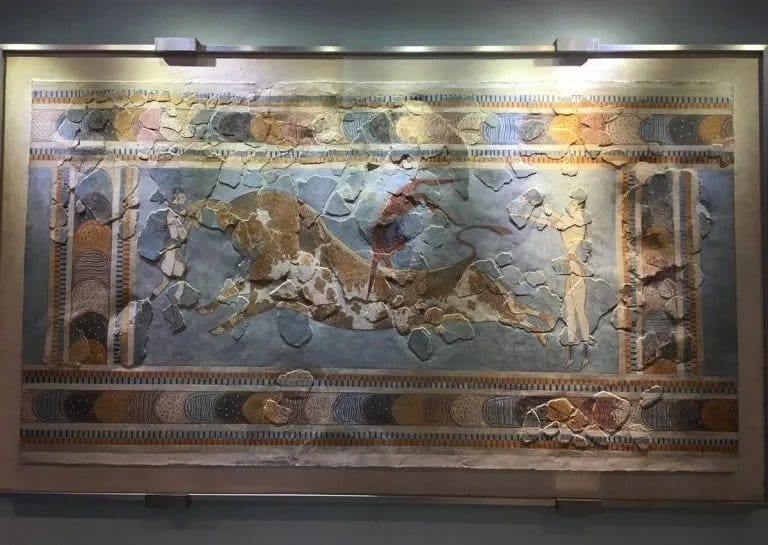
Archaeological Museum of Heraklion
One of Greece’s biggest museums, which has a collection of works by Minoan artists, is located in the capital city of Crete.
There are currently 20 halls at the gallery, each housing artwork from a different time period.
You may find ceramics, weaponry, little sculptures, jewelry, home goods, etc. among them.
A figurine of a goddess with snakes that dates to 1600 BC is said to be one of the museum’s greatest treasures.
The festal disk, which has evolved into a singular monument of the Minoan writing, is of particular importance here.
The gallery is recognized for another fresco that shows ritual bull-jumping.
CHARGES AND OTHER INFORMATION
The cost of the trip is €80.
Other expenses such as entrance tickets or guide services are not included.
The price is available for four to eight persons, for 9+ persons it’s a 50% surcharge.
Note: If you’re a Mama Jorjakis Villas guest, your return fee is free of charge.



